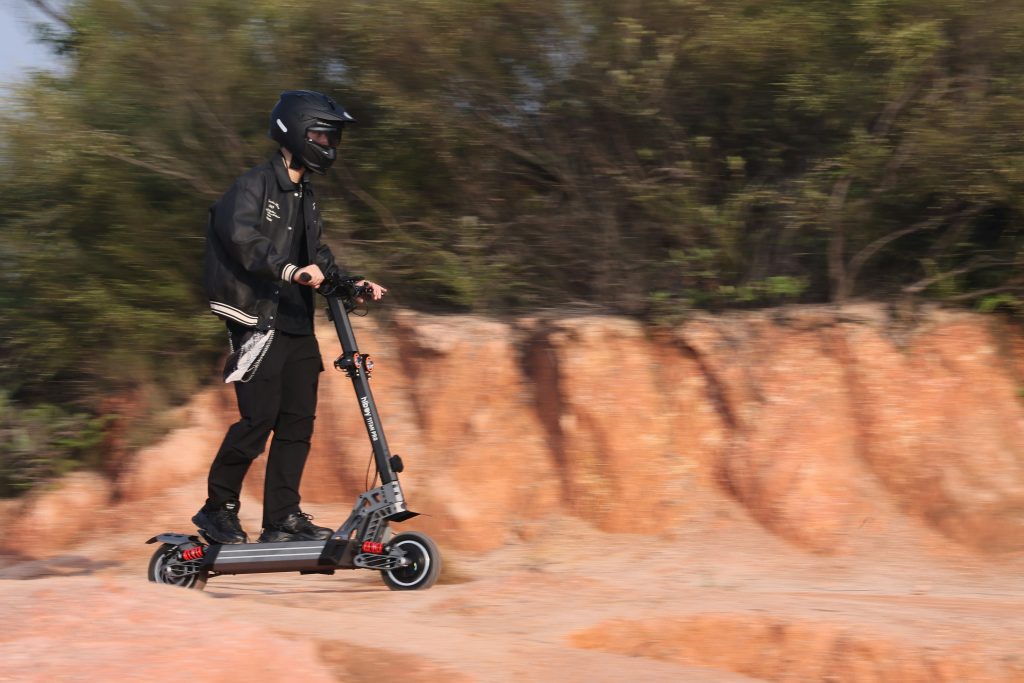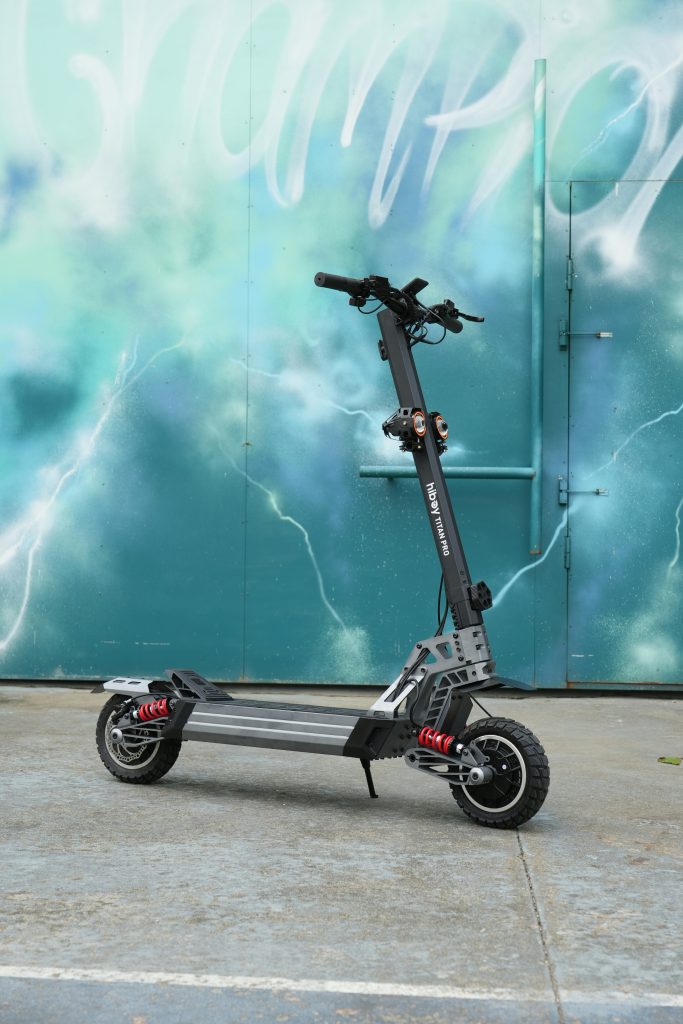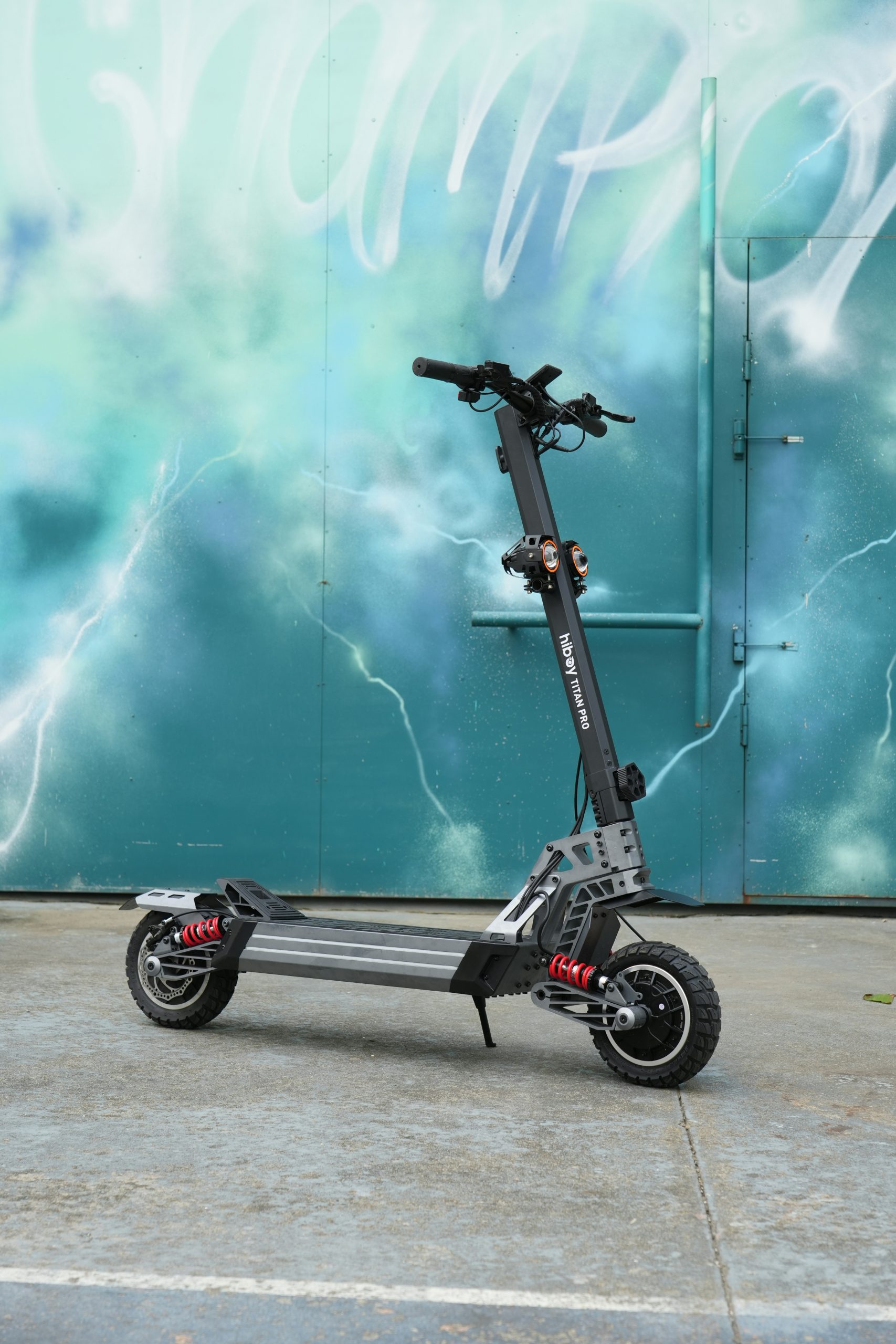Are you planning to rent a mobility scooter and want to know what to look for before you commit?

What Should I Look For When Renting A Mobility Scooter?
Renting a mobility scooter can be a practical solution if you need temporary mobility support or want to test a model before buying. You’ll want to make an informed choice so the scooter fits your daily needs, comfort expectations, and environment.
Why renting can be a smart option
Renting gives you flexibility without the long-term commitment of buying, and it can be ideal for travel, recovery after surgery, or short-term mobility challenges. You’ll have the chance to try different models and learn what features work best for you before making a purchase.
Assess your needs first
Before you start comparing models, think through how, where, and how long you’ll use the scooter. Knowing your typical routes, the surfaces you’ll travel on, and how far you need to go will guide your choices.
Consider how often you’ll use it
If you’ll use the scooter daily for errands and longer trips, you’ll need a more robust model with larger range and comfort features. If your use is occasional or for a short visit, a smaller, lightweight scooter may be sufficient.
Consider who will be using it
Your height, weight, and mobility limitations matter for seat size, weight capacity, and ease of getting on and off. If more than one person might use it, pick a model with a wider weight capacity and adjustable seating.
Types of mobility scooters
Scooters come in several distinct categories, each suited to different lifestyles and environments. Choosing the right type will save you frustration and keep you safe.
Travel and portable scooters
Travel scooters are lightweight and foldable or easily disassembled for transport. They’re ideal if you’ll be moving the scooter frequently in and out of vehicles or carrying it on a trip.
Compact/indoor scooters
These are designed for maneuverability and narrower indoor spaces. If you’ll use the scooter in stores, homes, or other confined areas, this type helps you turn and pass through doorways comfortably.
Mid-size scooters
Mid-size scooters balance portability with outdoor capability, offering more battery range and stability than compact models. They’re a good middle ground if you’ll be both indoors and outdoors.
Heavy-duty/outdoor scooters
Heavy-duty scooters are built for rougher terrain, longer distances, and higher weight capacities. If you’ll be traveling on grass, gravel, or hilly routes, choose a model designed for outdoor use with larger wheels and stronger motors.
Key specifications to check
You’ll want to compare technical specs to match your needs. These details tell you how the scooter will perform in everyday scenarios.
Weight capacity
Check the maximum user weight the scooter supports and choose one with at least 20–30% more capacity than your current weight. That extra margin helps with durability and safety.
Range and battery life
Range tells you how far the scooter will travel on a single charge. Consider your typical daily distance plus a buffer and remember that real-world range varies with terrain, rider weight, and speed. Ask for the manufacturer’s advertised range and how testing conditions compare to your use.
Speed
Scooter top speeds vary, commonly from 3 to 8 mph. Consider legal or facility speed limits and how speed interacts with stability and control. Slower speeds may feel safer indoors; outdoor use often benefits from higher speeds.
Turning radius and dimensions
A small turning radius helps in tight spaces like stores and homes. Measure doorways, hallways, and the areas you’ll navigate to ensure the scooter can fit comfortably.
Weight of the scooter
If you’ll be transporting the scooter in a car or lifting it occasionally, verify its weight and whether it disassembles. Some travel scooters are under 50 lbs and break into pieces for easier handling.

Battery types and charging
Understanding batteries helps you avoid surprises with range and charging requirements. Make sure you can manage charging logistics where you’ll be staying.
Types of batteries
Most scooters use sealed lead-acid (SLA) or lithium-ion batteries. SLA batteries are heavier and cheaper; lithium-ion batteries weigh less and charge faster but cost more. Ask the rental provider what battery the scooter has.
Charging time and access
Check how long a full charge takes and whether you’ll have easy access to an outlet. If you’re traveling, ask about voltage compatibility and whether an international adapter is necessary.
Spare batteries and swapping
Some rentals offer spare batteries or removable batteries that can be swapped for extended use. If you plan long outings, this feature can be very useful.
Terrain and wheel options
The surfaces you’ll use affect your choice of wheels, suspension, and motor power. Don’t assume a basic model will work well outdoors.
Wheel size and type
Larger wheels handle rougher terrain better and provide a smoother ride over bumps. Pneumatic (air-filled) tires give more comfort but can puncture; solid tires are low-maintenance but firmer.
Suspension
If you’ll encounter uneven sidewalks, paths, or gravel, look for suspension systems to reduce vibration and fatigue. Suspension can be a decisive factor for longer outdoor trips.
Ground clearance
Sufficient ground clearance prevents the scooter from scraping on curbs and obstacles. If you’ll be on uneven routes, higher clearance helps.

Comfort and seating
Comfort affects how long you’ll be willing and able to use the scooter. Prioritize adjustable and supportive seating.
Seat height and adjustability
An adjustable seat lets you set a comfortable position for your legs and posture. Ensure the seat height allows you to reach the ground with your feet for stability and to transfer safely.
Seat width and padding
A roomy, well-padded seat reduces pressure points on longer rides. If you have specific needs like pressure relief, check if the scooter supports specialized cushions.
Armrests and swivel seats
Adjustable or removable armrests help with transfers and positioning. Swivel seats make getting on and off easier and safer, especially if you have limited hip rotation.
Controls and ease of use
You’ll use the controls constantly, so they should be intuitive and reachable. Check how the controls fit your physical abilities.
Tiller height and angle
The tiller controls steering and usually contains the throttle and brakes. Ensure you can reach the tiller comfortably and that it can be angled to avoid wrist or shoulder strain.
Throttle and braking type
Scooters use hand or thumb throttles and often have electromagnetic brakes that engage when you release the throttle. Test how smoothly the scooter accelerates and stops.
Display and controls layout
A clear digital or analog display helps you monitor battery level, speed, and other info. Buttons and switches should be large enough to operate if you have limited dexterity.

Safety features
Safety features protect you and give you confidence when using the scooter. Verify what comes standard on the rental model.
Lights and reflectors
Front and rear lights and reflectors increase visibility in low light. If you plan to be out after dark, make sure lighting is adequate and the battery supports it.
Horn or alarm
A horn helps alert pedestrians and cyclists to your presence. Some scooters also have alarms for theft prevention while parked.
Anti-tip wheels and stability systems
Anti-tip wheels reduce the risk of the scooter tipping backward on slopes. Stability systems and a low center of gravity help prevent accidents on turns and uneven ground.
Emergency shut-off and parking brake
An easy-to-reach emergency shut-off and reliable parking brake add safety when you need to stop quickly or secure the scooter on uneven ground.
Portability and transport
Consider how you’ll transport the scooter if you need to travel by car, plane, or public transport. Portability affects convenience and planning.
Foldable vs disassemblable
Some scooters fold with a simple latch, while others disassemble into pieces. Folding units are quicker to stow, but disassembly can make very heavy scooters manageable.
Lifting and vehicle access
Check the scooter’s weight and how many pieces it breaks into. If you or your companion will lift it into a car, practice loading it before you commit. Consider ramps, tail lifts, or wheelchair-accessible vehicles if you’ll need frequent transport.
Airline and rental restrictions
If you plan to take the scooter on a flight, confirm airline rules for mobility scooters and batteries. Rental shops may provide documentation or compliant battery types for travel.

Rental terms and insurance
Reading the rental agreement carefully protects you from hidden fees and liability. Ask direct questions until everything is clear.
Rental duration and rates
Confirm daily, weekly, and monthly rates, and whether there are discounts for longer rentals. Ask about late fees and what happens if you need to extend the rental.
Security deposits and identification
Most rental agencies require a deposit and some form of ID. Understand the deposit amount, when it’s returned, and any conditions that could cause deductions.
Damage, repair, and replacement policies
Ask who’s responsible for repairs or replacement if something goes wrong. Find out whether normal wear is covered and whether you’ll be charged for accidental damage.
Insurance and liability
Check whether the rental includes basic insurance or if you need to buy additional coverage. Consider third-party liability and personal injury protections.
Accessories and add-ons
Accessories can make your experience more convenient and comfortable. Know what’s included and what costs extra.
Storage baskets and bags
Baskets are helpful for shopping; bags keep items dry. Verify their attachment security and capacity.
Canopy and weather protection
A canopy shields you from sun and light rain, but strong winds can make scooters less stable. For longer trips in wet weather, consider rain covers and waterproof storage.
Oxygen tank holders and medical accessories
If you use medical equipment, check for compatible holders and mounting options. Confirm weight and balance implications when you add accessories.
Seat cushions and back supports
Specialized cushions can reduce pressure sores and increase comfort for extended use. Ask whether these are available and compatible with the rental seat.
Trying before you rent
A test ride is the best way to ensure the scooter suits you. Don’t accept equipment without trying it under conditions similar to your intended use.
Short test ride in safe area
Take a short test ride indoors and outdoors to test acceleration, braking, turning, and comfort. Practice mounting and dismounting and check visibility for mirrors and lights.
Test on representative surfaces
If you’ll be on gravel or grass, test the scooter on those surfaces to see how it performs. Try inclines you expect to encounter and curb ramps if they’re part of your route.
Ask staff for setup help and training
Rental providers should show you how to operate the controls, charge the battery, and perform basic troubleshooting. Ask for a demonstration and written instructions if available.
Maintenance and troubleshooting
Even a rented scooter needs basic care during your rental period. Knowing normal maintenance helps prevent problems and reduces your liability.
Daily checks
Inspect tires, battery charge, lights, and frame for visible issues before each use. Report any faults immediately to avoid further damage or risk.
Charging best practices
Charge the scooter in a dry, ventilated area and avoid extreme temperatures. Don’t let batteries run completely flat repeatedly, and follow the manufacturer’s guidance for best battery life.
What to do if it breaks down
Ask the rental company what to do in case of a breakdown, including emergency contacts and whether they offer replacement scooters or on-site repairs. Keep the contact info accessible while you’re using the scooter.
Cost considerations
Understanding the financial side helps you budget and avoid surprises. Compare total costs, not just the daily rate.
Upfront and hidden fees
Check for delivery/pickup fees, insurance, cleaning fees, and deposits. Ask whether accessories carry extra daily charges and whether there are mileage-like limits.
Long-term vs short-term savings
For extended needs, compare rental costs against purchasing or leasing options. A long rental may cost more than a second-hand buy or a short-term lease.
Discounts and community programs
Some community organizations, hospitals, or travel companies offer discounted rental programs. Ask whether the rental agency partners with charities or insurers for reduced rates.
Legal and accessibility considerations
Depending on where you live or travel, local rules might apply to mobility scooters. Knowing legal specifics helps you stay compliant and safe.
Local regulations and paths
Some regions have speed limits, age requirements, or rules about sidewalks and roads. Check local regulations and follow signage; if you’re traveling, research rules at your destination.
Public transport and building access
Public transport systems and buildings often have policies about scooters. Verify access to buses, trains, and venues before you plan an outing.
Rights and etiquette
You have rights to accessibility, but etiquette matters too. Yield in crowded areas, keep speeds appropriate, and secure the scooter when leaving it unattended.
Choosing a rental provider
The company you rent from affects the quality of the scooter and the level of support you’ll get. Compare providers on reputation, service, and flexibility.
Reputation and reviews
Read reviews and ask for recommendations from healthcare providers or local disability organizations. A highly rated provider is more likely to offer well-maintained equipment and responsive service.
Customer service and response time
Choose a provider that responds quickly to questions and emergencies, especially if you rely on the scooter for essential travel. Test their responsiveness before finalizing the rental.
Pickup and delivery options
A provider that delivers and picks up the scooter can save you time and effort. Confirm delivery windows, setup help, and whether they’ll provide on-site training.
Practical checklist for renting (table)
Use this checklist to compare models and rental offers so you can make a confident decision. Mark the items that are most important to you.
| Item to Confirm | Why it matters | Notes |
|---|---|---|
| Weight capacity | Ensures safe load handling and durability | |
| Range per charge | Matches your daily distance needs | |
| Scooter type (portable/indoor/outdoor) | Fits your environment and use cases | |
| Battery type and charging time | Affects portability and convenience | |
| Seat comfort & adjustability | Affects long-term comfort and pressure relief | |
| Tiller control ergonomics | Ensures ease of steering and control | |
| Lighting and safety features | Needed for low-light or busy areas | |
| Insurance & damage policy | Protects against unexpected costs | |
| Delivery/pickup options | Convenience and extra costs | |
| Test ride availability | Confirms actual suitability | |
| Accessories included/optional | Baskets, canopies, special holders | |
| Cost (daily/weekly/monthly) | Total cost analysis and discounts |
Frequently asked questions
You’ll likely have practical questions as you plan your rental. These answers cover common concerns and help you prepare.
Can you rent a scooter for air travel?
Some airlines allow mobility scooters but have strict battery rules and procedures. Confirm airline policies well in advance, notify the airline, and arrange compliant battery types and protective packaging if required.
Is a driver’s license required?
In most places, you don’t need a driver’s license for a mobility scooter, but local rules vary. Check regulations where you’ll be using the scooter to ensure you’re compliant.
What if the scooter won’t start?
First, check the battery charge and fuse or circuit breaker if present. If you still have trouble, contact the rental provider for troubleshooting or a replacement.
Can you rent a scooter short-term for events?
Yes, many providers offer short-term rentals for events, vacations, or hospital stays. Book early for peak seasons and confirm delivery/pickup timing.
Final checklist before signing
Before you sign anything, run through a quick checklist to make sure there are no surprises. Confirm the scooter model, condition, and all policies in writing.
- Confirm loaner/demo availability and that the exact model will be supplied.
- Get all fees, deposit rules, and insurance details in writing.
- Test the scooter thoroughly and request a walk-through of charging and basic troubleshooting.
- Take photos of the scooter before you leave to document condition.
- Ensure you have emergency contact numbers and instructions for lost keys or problems.
Conclusion
Renting a mobility scooter can provide freedom, independence, and convenience when you need it most. By assessing your needs, testing models, and checking rental terms, you’ll find a scooter that fits your lifestyle and environment. Make sure you understand safety features, battery logistics, and the provider’s support so your rental experience is smooth and worry-free.
If you have specific routes, medical needs, or a particular model in mind, tell the rental provider those details so they can match you to the best scooter. Your comfort and safety are the priority, and the right preparation will make renting a mobility scooter a positive and empowering choice.



